Centrifuge Operation
In this section, we will examine centrifuge operations.
A safety note, make sure to plug in the centrifuge before turning on the power pack.
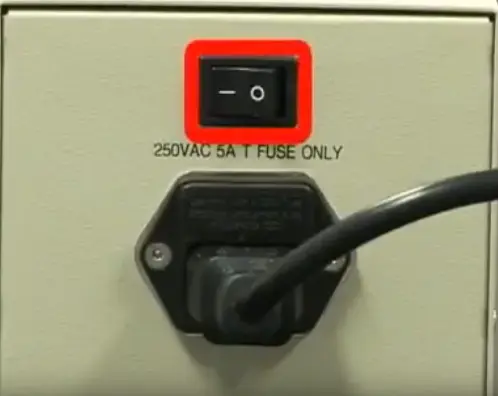

To operate the centrifuge first remove the rotor cover, when taking Accu-tubes in or out, the rotor cover should be placed inside the centrifuge lid. This will remind you to always replace the rotor cover before spinning samples.
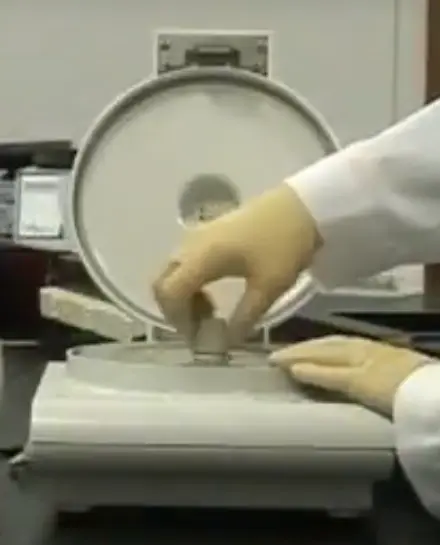
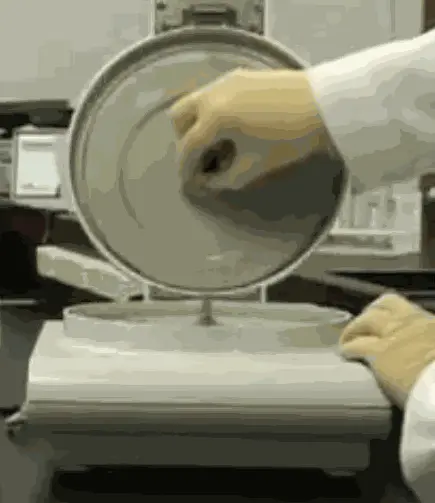
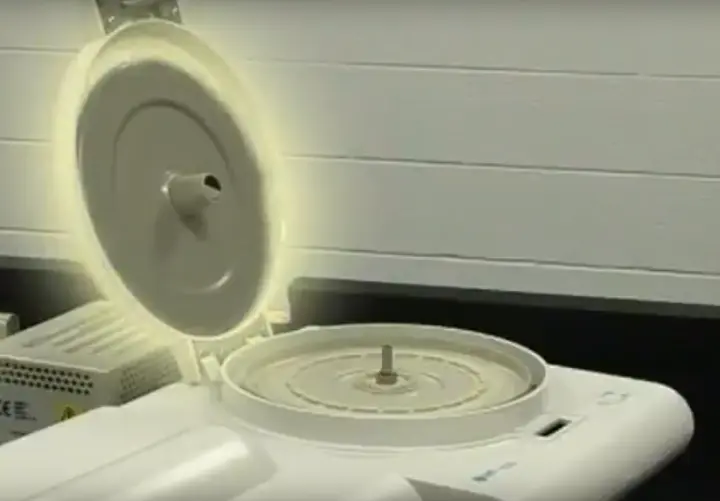
Once a sample is loaded into the Accu-tube place the tube in one of the numbered slots. The rotor is numbered to assist with balancing the tubes.
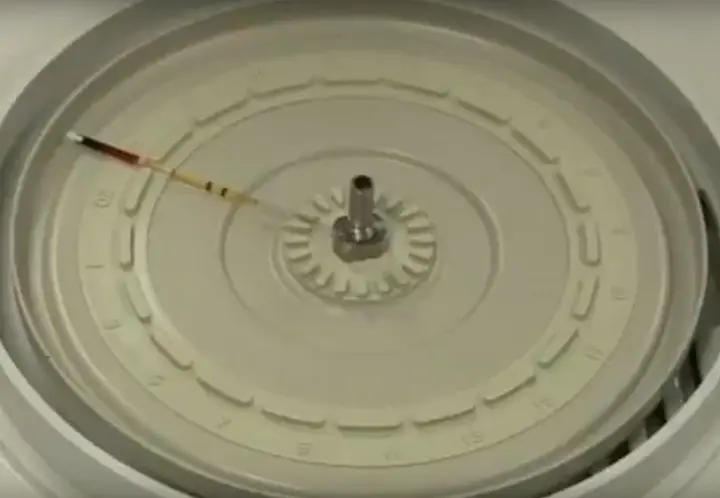
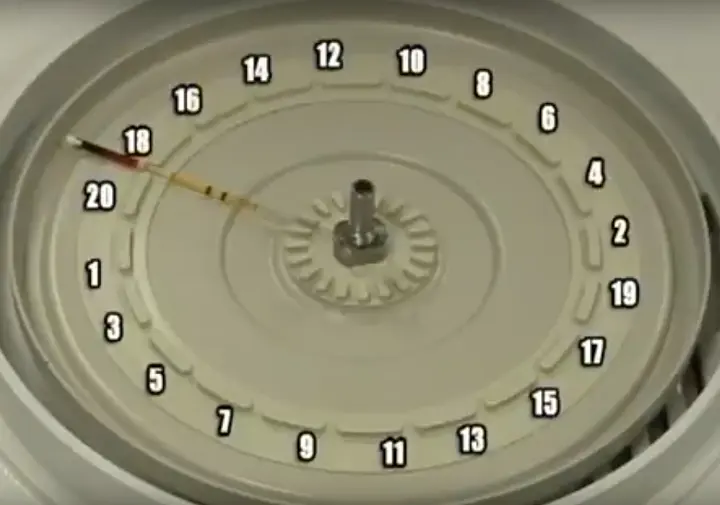
Always remember to place tubes opposite each other on the rotor.
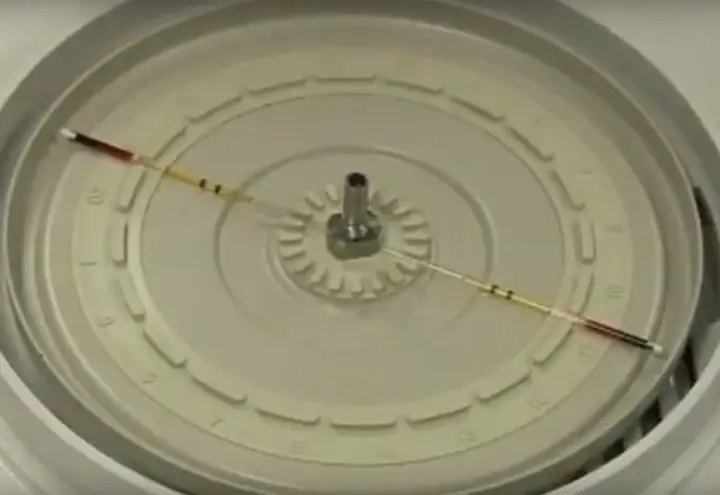
If there is an odd number of tubes an empty Accu-tube must be used to balance the centrifuge.

Once the Accu-tubes are loaded, replace the rotor cover, the rotor cover must be tightened carefully. If it is not secure the Accu-tubes could break, if tightened too much the rotor cover could strip. Use approximately six turns for an appropriate fit.
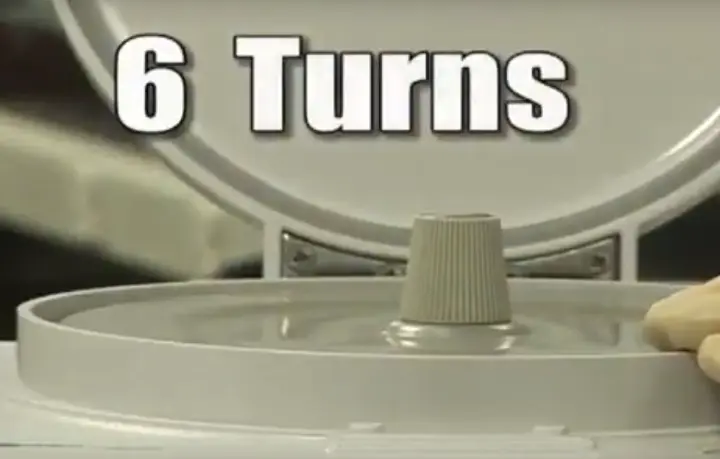
Close the lid of the centrifuge.

The on/off button is used to start the spin, this button is also used to abort a spin if for instance the rotor cover is not secured properly.
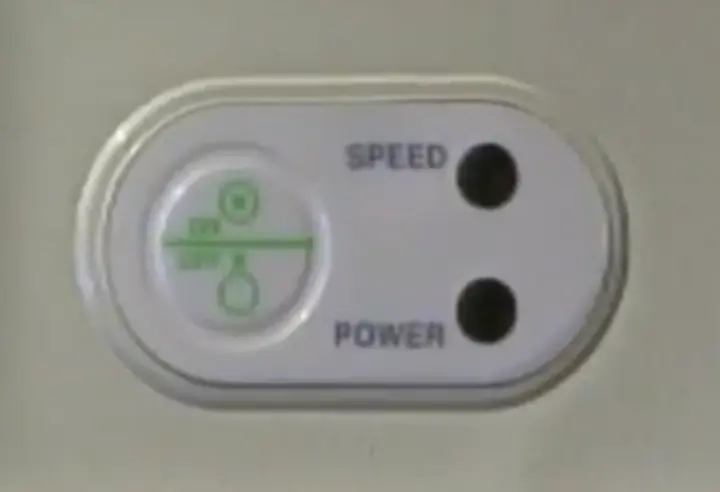
The centrifuge will operate at 12,000 revolutions per minute or RPMs for 5 minutes.
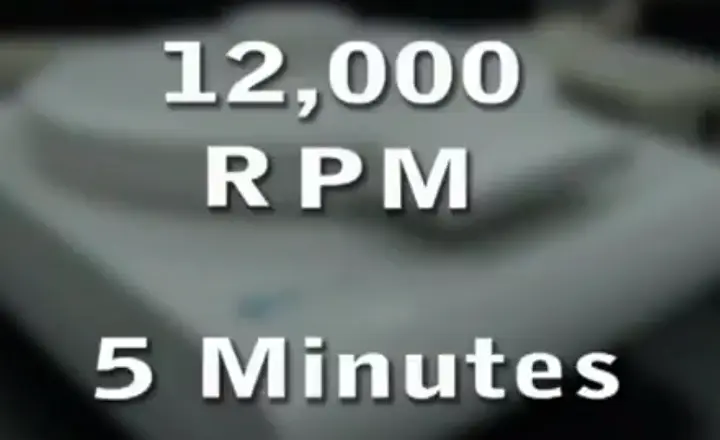
Regulations require that the RPM’s and timer be checked every 6 months. Checking the timer is as simple as running the centrifuge and comparing it with an external timer for the full 5 minutes.
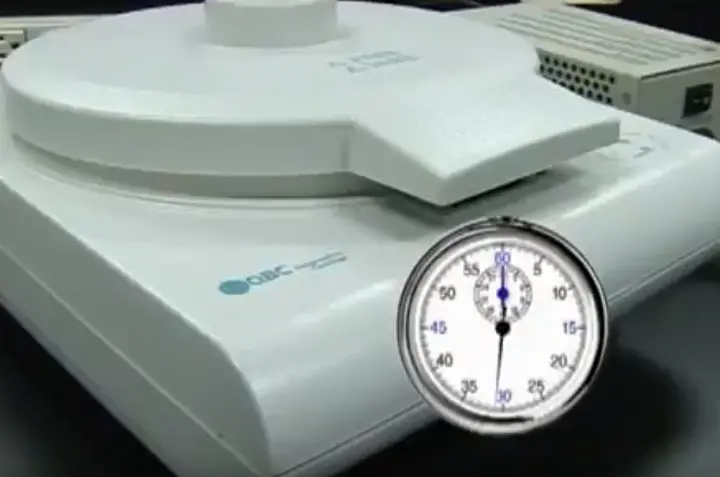
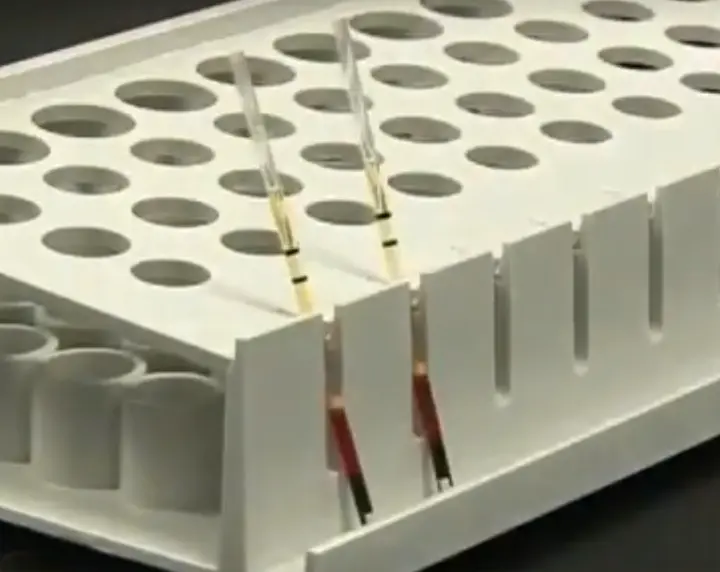
When the spin is complete the lid will automatically open. The Accu-tube should be removed immediately and placed upright in the workstation until they are to be tested in the auto-reader. Storing the Accu-tubes in this upright position prevents the cell layers from mixing together.
For accurate results, tests must be run within 4 hours of the centrifuge spin.
Watch the full video version below:
Check out these links below to shop for the Drucker Diagnostics QBC AutoRead Plus and its accessories on Block Scientific Store: